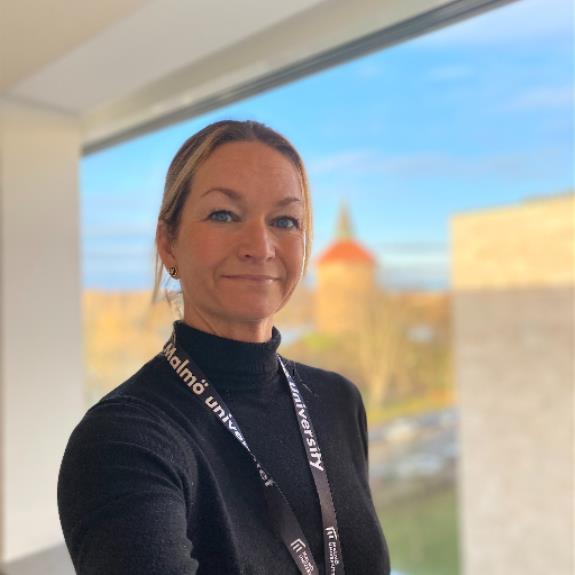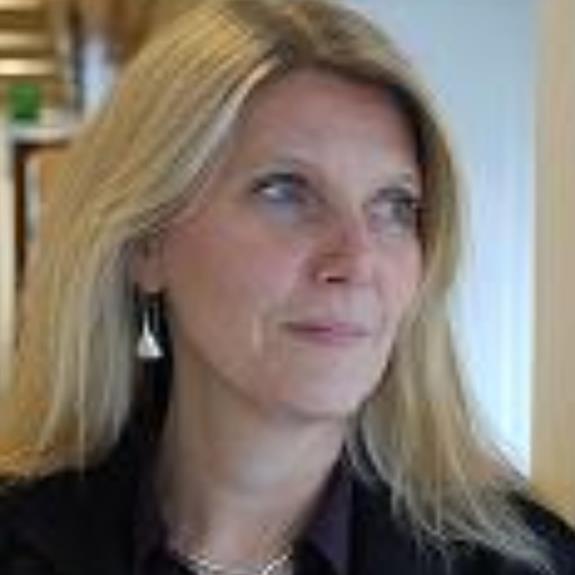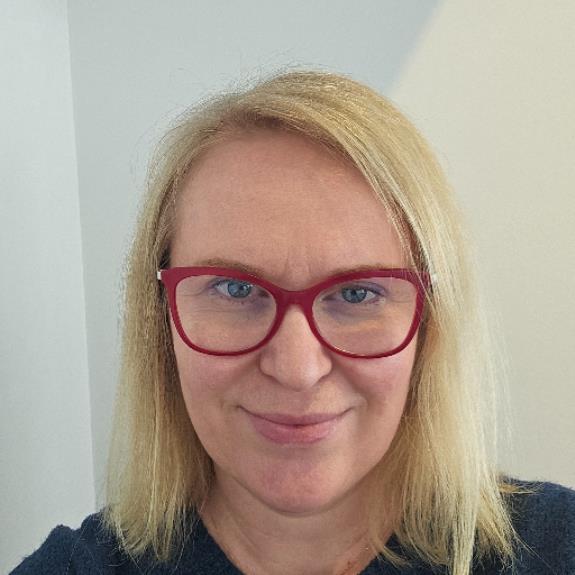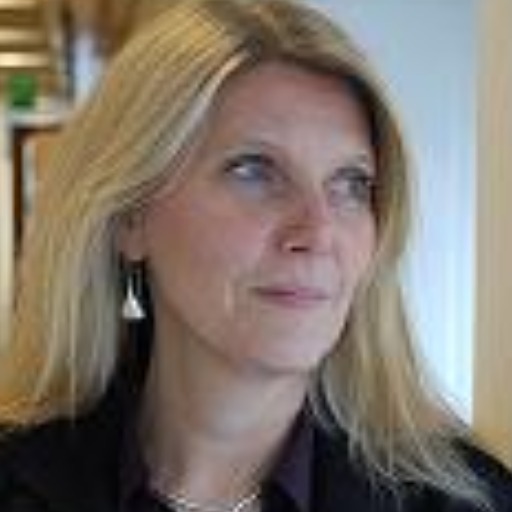We use cookies on this website. Cookies help us deliver the best experience on our website. Read about cookies.
-
- Education
- Education
- Programmes and courses
- Applications and admissions
- Tuition fees
- Scholarships
- Exchange studies at Malmö University
- Study Guidance
-
- After admission
- After admission
- Moving to Malmö
- Pre-orientation
- Arrival guide
-
- About studies at Malmö University
- About studies at Malmö University
- Why choose Malmö University
- Understanding university studies
- Connect with current students
On the page -
- Research
- Research
-
- Doctoral studies
- Doctoral studies
- Doctoral courses
-
- Doctoral schools
- Doctoral schools
- Education, Learning and Globalisation
- Doctoral school: Learning in Multicultural Societal Contexts
- ComBine
- Swedish National Graduate School in Science and Technology Education Research
- Doctoral school: Relevancing Mathematics and Science Education (RelMaS)
- Doctoral school: Sustainable Movement Education
- Finding ways in a time of great future challenges (FinnFram)
- Doctoral school: Pedagogy and Vocational Skills
- Doctoral school: Culturally Empowering Education through Language and Literature
- Research subjects
-
- Prominent research
- Prominent research
-
- Research publications
- Research publications
- Search publications
- Malmö University Press
- Research events
- Participate in a research study
On the page -
- Collaboration and Innovation
- Collaboration and Innovation
- Areas of collaboration
- Innovation
- Collaboration with students
-
- Collaborate with researchers
- Collaborate with researchers
- Labs and facilities
- Culture collaboration
- Support Malmö University
On the page -
- About us
- About us
-
- Faculties and departments
- Faculties and departments
-
- Faculty of Culture and Society
- Faculty of Culture and Society
- Department of Urban Studies
- Department of Global Political Studies
- School of Arts and Communication
-
- Faculty of Education and Society
- Faculty of Education and Society
- Department of Childhood, Education and Society
- Department of Sports Sciences
- Department of Natural Science, Mathematics and Society
- Department of School Development and Leadership
- Department of Culture, Languages and Media
- Department of Society, Culture and Identity
-
- Faculty of Technology and Society
- Faculty of Technology and Society
- Department of Computer Science and Media Technology
- Department of Materials Science and Applied Mathematics
- Faculty of Odontology
- University Dental Clinic
-
- Find and contact Malmö University
- Find and contact Malmö University
- Visit Malmö University
- News and press
- Map of the buildings (Google Maps)
- Merchandise
- Whistleblowing
- Management and decision-making paths
-
- Vision, objectives and strategy 2025
- Vision, objectives and strategy 2025
- Global engagement
- Sustainability
- Widened recruitment and participation
- Quality assurance work at the University
-
- Malmö Academic Choir and Orchestra
- Malmö Academic Choir and Orchestra
- Student work – video pieces
- Alumni & Friends
-
- Annual Academic Celebration
- Annual Academic Celebration
- Academic traditions
- Meet our new professors
- The University in a troubled world
On the page
Skin and Wound Care
Wound Care
The research platform aims to improve and develop preventive skincare and wound treatment for diabetic foot ulcers by combining research carried out at the molecular level with clinical research. Our interdisciplinary approach is focused on establishing links between molecular skin properties and wound development, with the goal of enabling better risk assessment, prevention and treatment of diabetic foot ulcers.
Our research
Foot ulcers are one of the most severe consequences of diabetes and often lead to amputation. Diabetic foot ulcers often have a drastic effect on patients, families, health care systems and society, and many patients with foot ulcers become dependent on home nursing services.
We want to optimise personalised healthcare by bridging research within biomedical, pharmaceutical, and formulation sciences with research among doctors and nurses working in clinics. In order to do this, we focus on biophysical skin measurements as a way to uncover links between the condition of the skin (barrier properties of skin) and diabetes risk assessment, wound healing and prevention.
Our research aims to answer the following questions:
- What self-care strategies are preferred by people with diabetes and how do nurses work to prevent diabetic foot ulcers?
- How is the development, healing and prevention of diabetic foot ulcers related to the skin characteristics of individual patients?
- How can we best develop personalised diabetes wound care which benefits from molecular skin characterisation and enables improved risk assessment and risk management, the optimal choice of topical formulations and wound treatments?
- How can we offer people with diabetic foot ulcers customised wound care by taking into account the molecular skin properties of each individual patient?
Four core themes
Mapping of self-care and care to prevent diabetic foot ulcers
Knowledge of functioning self-care routines for preventing diabetic foot ulcers for people with diabetes is of value in order to adapt preventive care and treatment of diabetic foot ulcers. How nurses work to prevent diabetic foot ulcers is important knowledge in order to be able to implement more individualised care and treatment.
Choice of skin characterisation methods and assessment of clinical relevance
Molecular or biophysical skin characterisation is not currently used to predict or justify the prevention of foot ulcers or wound care procedures for patients with diabetes. However, using this knowledge and observing skin changes systematically could very well improve risk assessment, lead to more frequent diabetic foot examinations, and allow the selection of adequate wound dressing. Our aim is to find the best molecular skin characterisation methods to motivate individualised preventive skin treatments and wound care for patients with diabetes.
Correlations between qualitative skin typing and biophysical skin parameters
Measuring a range of characteristics such as electrical impedance, transepidermal water loss, and skin hydration, we aim to find correlations between skin barrier conditions and biophysical/optical measurements. This is done in tandem with a rapidly developing electronics sector and involves external stakeholders working within innovation.
Translation of observations into personalised wound care
Drawing on the links between molecular, morphological and biochemical features of the skin and their effect on diabetic foot ulcer development, we aim to develop preventive skin treatment routines for patients with diabetes. We work with a network of clinical and industry partners in order to translate these findings into products, personalised risk assessments, prevention recommendations and improved healing procedures.
Researchers
Film: Care, patient behavior and skin care products in interaction
A film about the research platform (7 min)
A film about the research platform (7 min)
For English captions: If you activate the cursor, the toolbar at the bottom of the screen will appear. Click on the speech bubble and choose "English".










